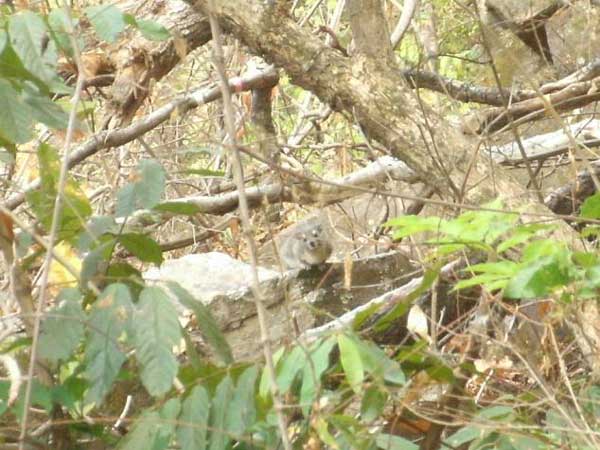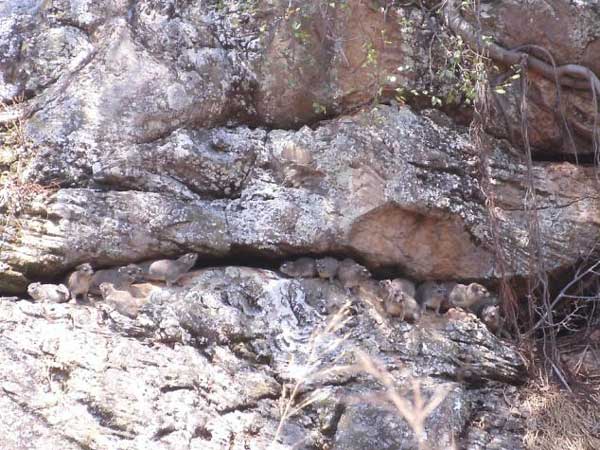Japanese
HOPE reportNumber:22-007 Behavioral and ecological study of bush hyraxes in woodland, Western Tanzania Report: Eriko Iida Date:2010/06/06 - 2010/10/07 Hyraxes are small mammals that have relatively primitive body characteristics. They had been very successful group in the eastern Mediterranean and Africa until the Lower Miocene. Recently, many species of mammals face with extinctions but hyraxes are very adaptable to various environments and widely distributed in Africa. Thus it may be important to study their ecology and behaviors in order to understand adaptive potentials of animals including humans. Most researches on wild hyraxes have been conducted in the Acacia savanna where kopjes (rocky isolated hills) exist. Their ecology and behaviors have not been studied in detail in other environments such as Miombo woodland in Tanzania. Thus, this study aims to give preliminary information of ecology and behaviors of this little known mammal in such an environment. The study was conducted in the Mahale Mountains National Park and Ugalla Forest Reserve, Tanzania, from June to October 2010 (dry season). In order to obtain basic behavioral and ecological data of bush hyraxes (Heterohyrax brucei) I made intensive survey of their burrows and their communal "latrines" and collected their dry fecal samples. The location of the sighting was recorded using a GPS. A detailed survey was made of the plant species composition around each rocky outcrop. A small group of bush hyraxes was observed in Ugalla area. To obtain a better understanding of overall bush hyrax activity in woodland, I conducted scan sampling of this group's activities at 5-min intervals during the daytime. It is reported that bush hyraxes are diurnal and that they feed mainly in the morning and evening. However in this study, feeding was not observed at all. From now on, I will continue analyzing the data more in detail.
HOPE Project< |

